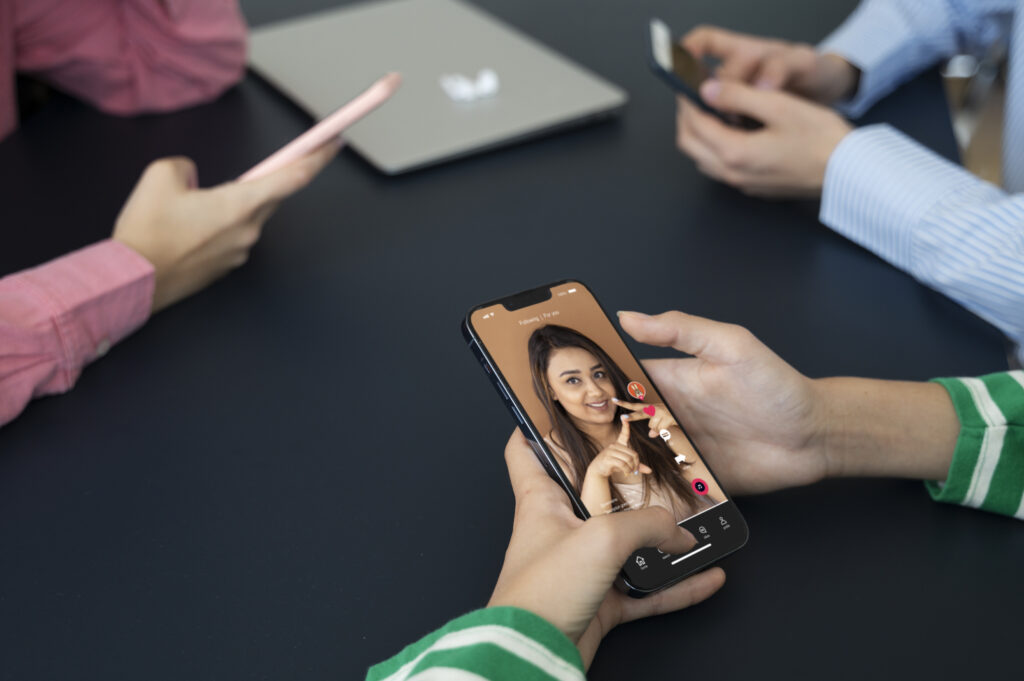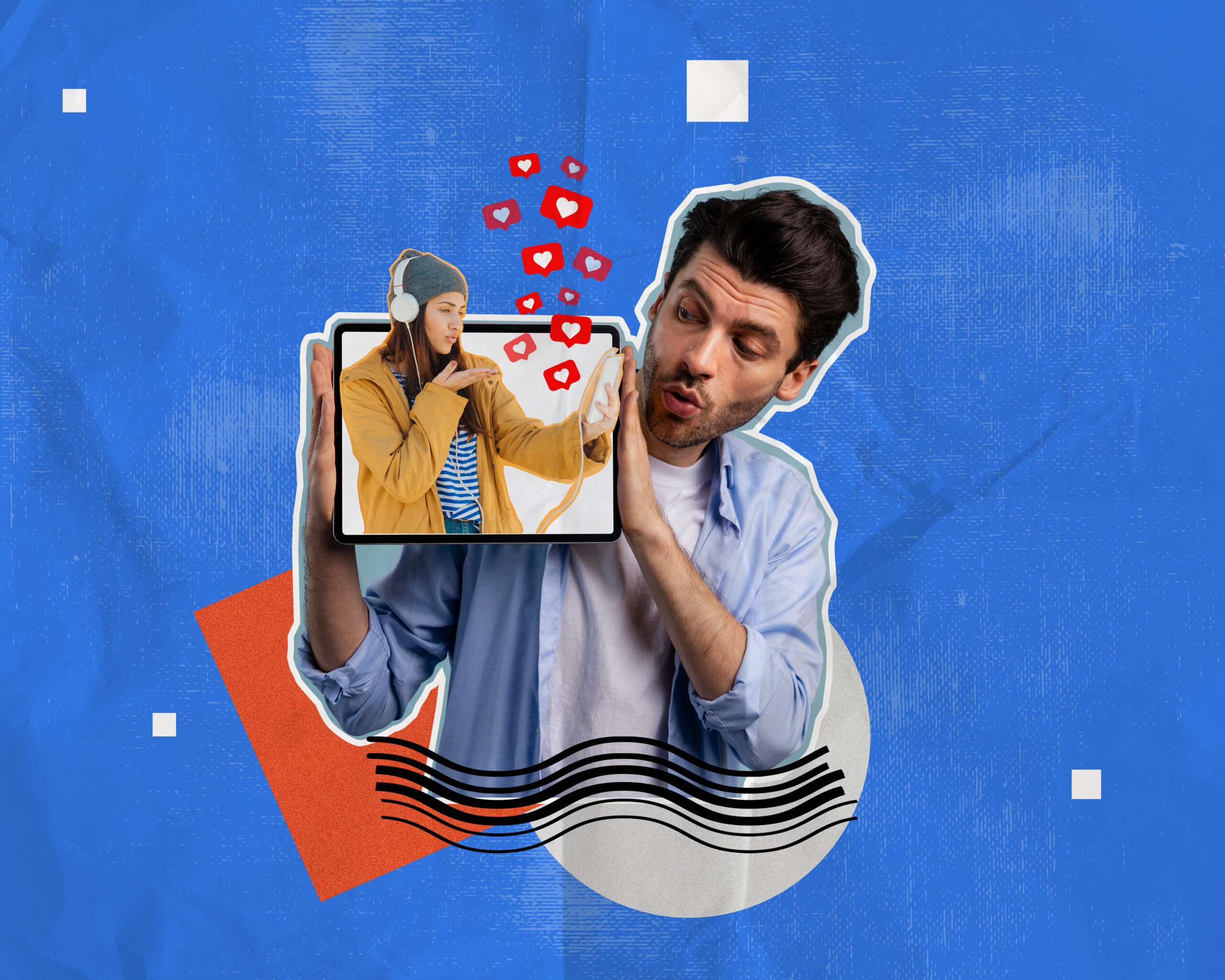The Viral Misinformation Crisis: How AI-Generated Fake Images Spread Faster than Truth
Information about images on the internet can spread quickly, before fact-checkers have a chance to verify viral images. A single post can reach millions within hours, making it nearly impossible to contain false visuals once they gain traction.Because information spreads so quickly, often without context or scrutiny, anyone sharing images must confirm their accuracy first. This include checking reliable sources and considering the image’s origin. Therefore, it is important to verify viral Images before sharing on social media.
How to Identify Authentic Images: Spotting Real Photos in The Age of AI Fakes
Images that don’t have any changes usually show what happened. But photos that have been altered can contain mistakes. There are some that you can quickly notice, but others need us to pay close attention or use special tools. It’s good news that fact-checkers and journalists use convenient methods of checking images that anyone can apply on their own. To spot real photos in the age of AI, use Fake Image Detector.
How Fake Viral Images are Becoming More Common
Thanks to new technology, it’s now much simpler to produce realistic fake pictures. Since they are emotions, many people prefer not to question them.
The Research shows that false information spreads faster than the truth online. A study from the Massachusetts Institute of Technology (MIT) found that fake news is 70% more likely to be shared on Twitter than accurate stories. This trend highlights the importance of verifying content before sharing it.
Also Read: AI-Generated or Real? How Fake Image Detectors Help You Decide
Effective Ways to Verify Viral Images
1. Trace the Image’s Origin
You can start by checking the source of an image before looking at the details. Famous news sites and the online platforms of journalists are generally verified, whereas some little-known websites may not be accurate. Confirm that the image was mentioned many times by searching for it in various authoritative sources.
2. Inspect the Image Visually
A careful visual examination can reveal signs of manipulation, such as inconsistent lighting or shadows, blurred edges, or mismatched pixelation and unnatural textures in hair, skin, or backgrounds (common in AI-generated images)
3. Analyze the Metadata
Metadata contains technical details about an image, including the device used to capture it, date and time of creation, and location data (if enabled)
While metadata can be altered, missing or inconsistent details may indicate tampering.

Developing a Verification Mindset
Question to Verify Viral Images Before Sharing On Social Media
Before reposting an emotional or sensational image, pause and ask. Who created this? Why was it shared? Are reliable sources able to confirm it?
A moment of skepticism can prevent the spread of false information.
Promote Digital Literacy
Educational initiatives led by schools, media organizations, and community groups can teach users how to spot fake images. As manipulation tools evolve, so should public awareness.
The Role of Technology and Human Judgment
AI tools are excellent at detecting false information, but we still needed to confirm that. Integrating tech with thinking helps ensure the correct check of a business.
Conclusion: Building a More Trustworthy Digital Space
Stopping fake viral images from spreading demands partnership among individuals, institutions, and those developing technology. Having strong verification strategies helps you feel more comfortable about the trustworthiness of online content. By working together to verify viral images at every level, from personal sharing to platform algorithms, we can significantly reduce their harmful impact.
Key Takeaways:
✔ Always verify the source of an image before sharing.
✔ Use reverse image search to check for duplicates or prior use.
✔ Look for visual inconsistencies that suggest manipulation.
✔ Analyze metadata for signs of alteration.
✔ Encourage digital literacy to combat misinformation.
Social media becomes a trustworthy place for information when being real matters most. Many tools available today help us improve online content.

